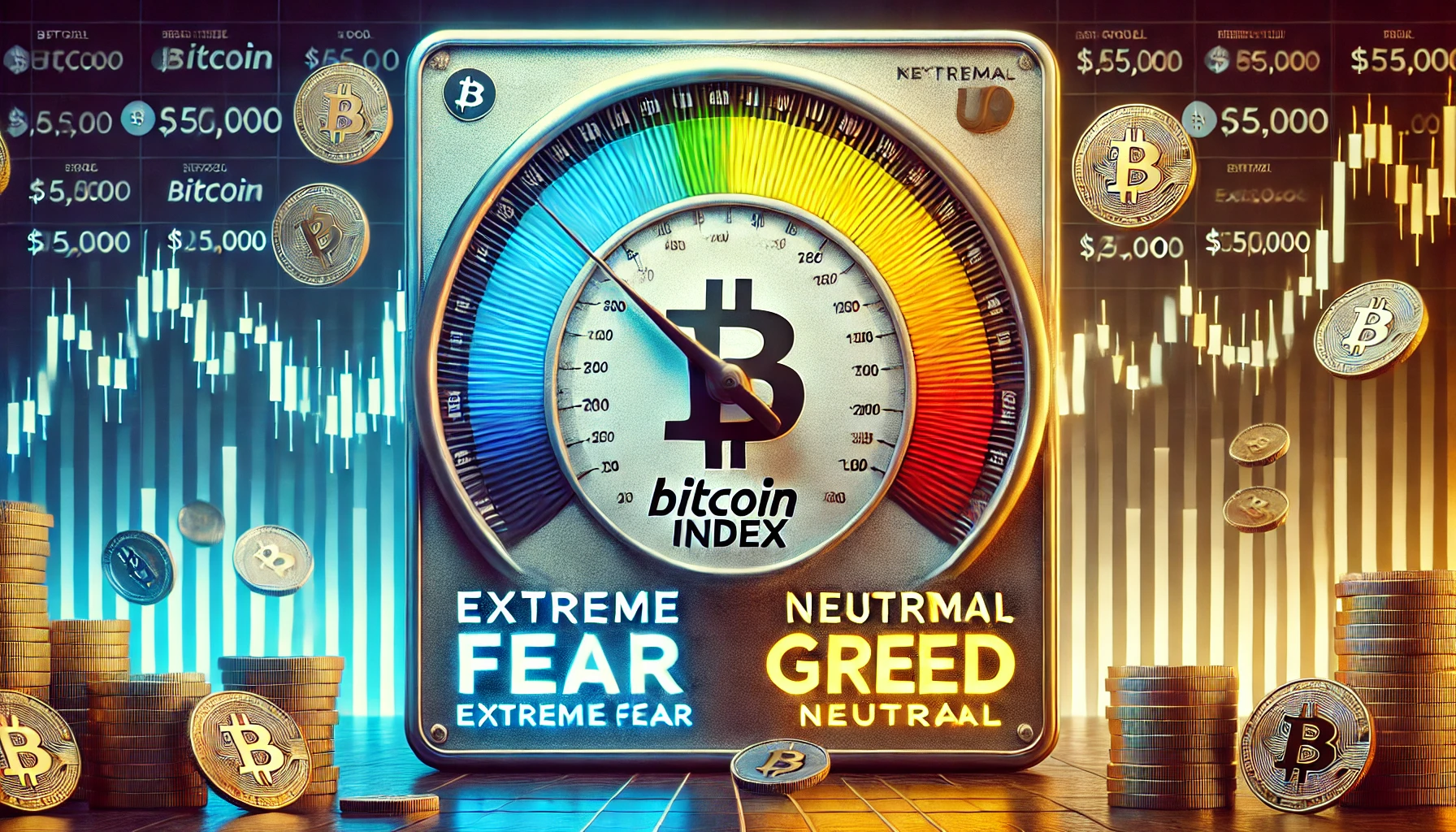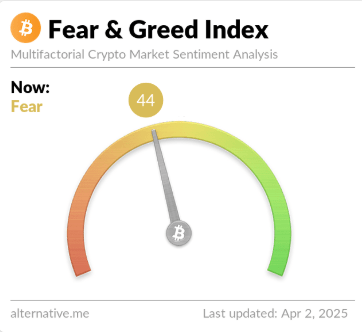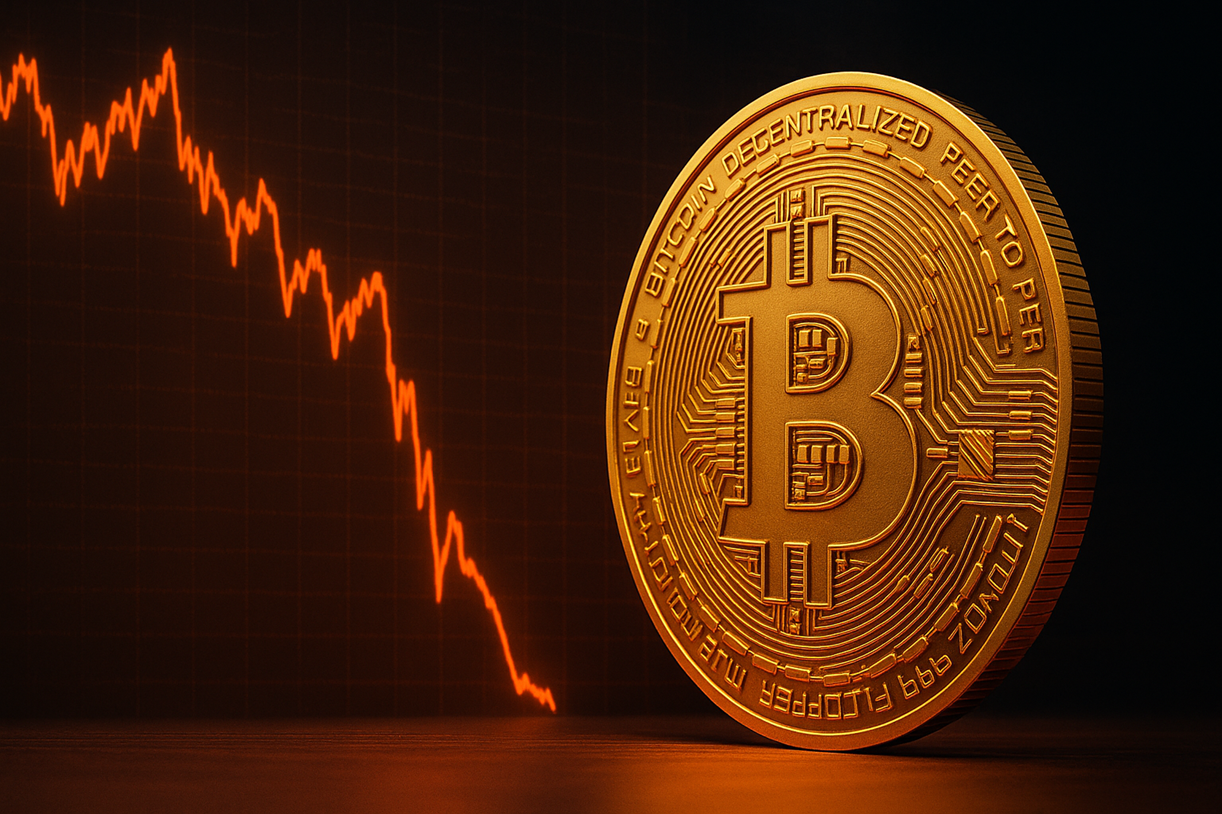Bitcoin Fear & Greed Index Approaches Neutral As BTC Recovers To $85,000

Data shows the Bitcoin market sentiment has closed in on the neutral territory as the cryptocurrency’s price has recovered to $85,000.
Bitcoin Fear & Greed Index Is Now Close To Neutral Region
The “Fear & Greed Index” refers to an indicator created by Alternative that tells us about the average sentiment present among the investors in the Bitcoin and wider cryptocurrency markets.
To determine this sentiment, the index uses data on five factors: volatility, trading volume, market cap dominance, social media sentiment, and Google Trends.
The metric makes use of a numeric scale running from zero to hundred for representing this estimated mentality. All values above 53 correlate to a sentiment of greed, while those under 47 that to fear. The territory between these cutoffs represents a net-neutral mentality.
Now, here is what the current Bitcoin sentiment is like, according to the Fear & Greed Index:

As is visible above, the Bitcoin Fear & Greed Index has a value of 44 at the moment, which suggests the investors as a whole share a sentiment of fear. This crowd despair is only slightly dominant, though, as the metric is just three units away from the neutral zone.
The same wasn’t the case just yesterday, however, as the indicator held a value of 34, firmly placing it in the fear region. Below is a chart that shows how the index’s value has developed during the past year.

From the chart, it’s apparent that the Bitcoin Fear & Greed Index was around the neutral zone in the final week of March, but the price plunge that came during the last couple of days of the month led to a rapid deterioration of sentiment.
At its lowest, the indicator touched the 26 mark during the plummet. This value was so deep into the fear region that it was on the entryway to a special zone called the extreme fear (25 and under).
Historically, Bitcoin and other digital assets have tended to move in the direction that the crowd least expects. The probability of such a contrary move rises, and the stronger investor sentiment becomes, so extreme fear is where bottoms are likely to take place.
During the recent plunge, the index didn’t enter into this zone, but it did come close, which may be why BTC’s price was able to reach a local bottom. Since the low, the asset has made some recovery and has now broken past $85,000.
With investor sentiment no longer being strong in any direction following this recovery, the cryptocurrency might be roughly equally probable to move in either direction.
BTC Price
At the time of writing, Bitcoin is trading at around $85,000, down almost 4% in the last seven days.
Read More

Bitcoin Sentiment Returns Back To Neutral As BTC Breaks $114,000
Bitcoin Fear & Greed Index Approaches Neutral As BTC Recovers To $85,000

Data shows the Bitcoin market sentiment has closed in on the neutral territory as the cryptocurrency’s price has recovered to $85,000.
Bitcoin Fear & Greed Index Is Now Close To Neutral Region
The “Fear & Greed Index” refers to an indicator created by Alternative that tells us about the average sentiment present among the investors in the Bitcoin and wider cryptocurrency markets.
To determine this sentiment, the index uses data on five factors: volatility, trading volume, market cap dominance, social media sentiment, and Google Trends.
The metric makes use of a numeric scale running from zero to hundred for representing this estimated mentality. All values above 53 correlate to a sentiment of greed, while those under 47 that to fear. The territory between these cutoffs represents a net-neutral mentality.
Now, here is what the current Bitcoin sentiment is like, according to the Fear & Greed Index:

As is visible above, the Bitcoin Fear & Greed Index has a value of 44 at the moment, which suggests the investors as a whole share a sentiment of fear. This crowd despair is only slightly dominant, though, as the metric is just three units away from the neutral zone.
The same wasn’t the case just yesterday, however, as the indicator held a value of 34, firmly placing it in the fear region. Below is a chart that shows how the index’s value has developed during the past year.

From the chart, it’s apparent that the Bitcoin Fear & Greed Index was around the neutral zone in the final week of March, but the price plunge that came during the last couple of days of the month led to a rapid deterioration of sentiment.
At its lowest, the indicator touched the 26 mark during the plummet. This value was so deep into the fear region that it was on the entryway to a special zone called the extreme fear (25 and under).
Historically, Bitcoin and other digital assets have tended to move in the direction that the crowd least expects. The probability of such a contrary move rises, and the stronger investor sentiment becomes, so extreme fear is where bottoms are likely to take place.
During the recent plunge, the index didn’t enter into this zone, but it did come close, which may be why BTC’s price was able to reach a local bottom. Since the low, the asset has made some recovery and has now broken past $85,000.
With investor sentiment no longer being strong in any direction following this recovery, the cryptocurrency might be roughly equally probable to move in either direction.
BTC Price
At the time of writing, Bitcoin is trading at around $85,000, down almost 4% in the last seven days.
Read More

